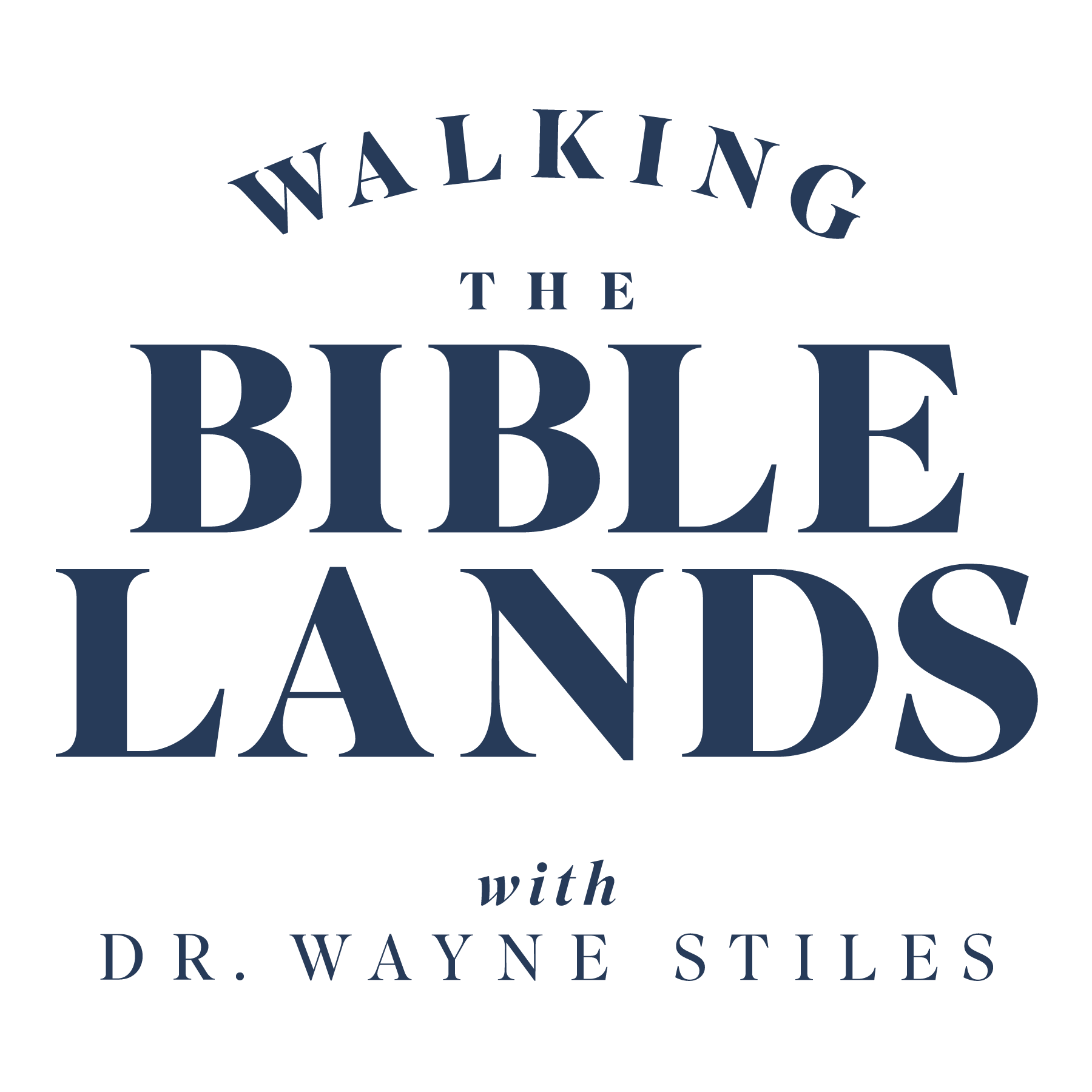3 min read
3 Sites by Beersheba You Seldom See—Arad, Besor, and Aroer
Wayne Stiles
:
May 7, 2014 12:00:00 AM
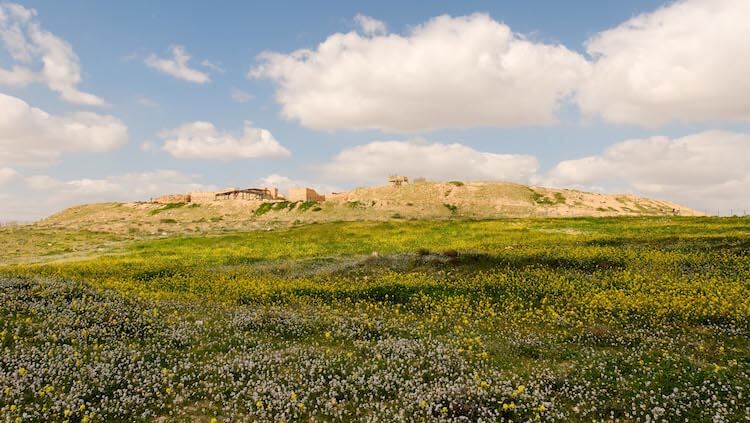
Most students of the Bible know about Beersheba. It played a major role in Genesis, and yet, few pilgrims go there today. That’s strange, because there’s plenty to see at Tel Beersheba.

(Photo: Beersheba tell from east. Courtesy of the Pictorial Library of Bible Lands)
Visitors today can observe various remains, including:
- a typical Israelite four-room house
- a pillared building used as stables
- a major underground water system
As significant as Tel Beersheba is, it seldom finds itself on the tour itinerary of pilgrims to the land of Israel—probably because the site seems too far south. Beersheba has several neighboring sites that even fewer see (or have even heard of).
Let’s take a peek at these 3 sites and see their significance.
“From Dan to . . . Where?”
Beersheba’s name means, “Well of the Seven,” or “Well of the Oath,” from Abraham and Isaac’s conflicts with the locals over the rights to water—the Negev’s most precious commodity (Genesis 21:25-34; 26:26-33).
The phrase “from Dan to Beersheba” delineated the practical north-south borders of ancient Israel (1 Kings 4:25).
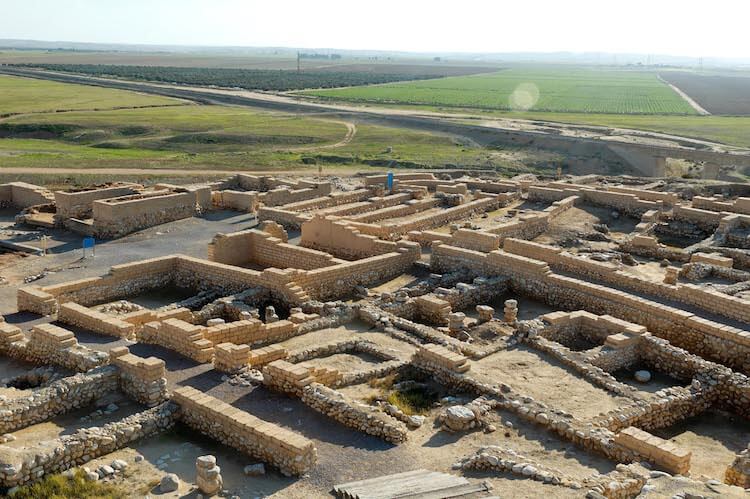
(Photo: Beersheba excavations. Courtesy of the Pictorial Library of Bible Lands)
An ancient horned altar from the time of Josiah was discovered in Beersheba. You’ll find a replica there today and the original in the Israel Museum.
Beersheba has had seasons of significant residents:
- Some of the Jews returning from the Babylonian exile resettled in Beersheba (Nehemiah 11:27-30).
- Following the Statehood of Israel in 1948, Jewish immigrants resettled the area again.
- Today modern Beersheba is the fourth-largest city in the nation.
You can read more about Beersheba here.
Nearby Beersheba in the Negev, several other sites have significance.
Tel Arad
With its commanding view of the eastern Negev basin, it’s easy to understand why Tel Arad remained continually busy until the Islamic occupation of the 7th-century AD.
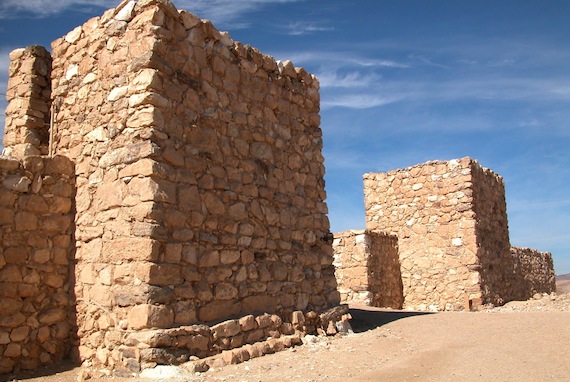
(Photo: Arad Israelite fort. Courtesy of the Pictorial Library of Bible Lands)
When the Hebrews passed Arad on their way from Egypt to the Promised Land, they defeated the King of Arad in battle (Numbers 21:1-3).
The descendants of Moses’ father-in-law, Jethro, resettled “in the south of Arad” (Judges 1:16).
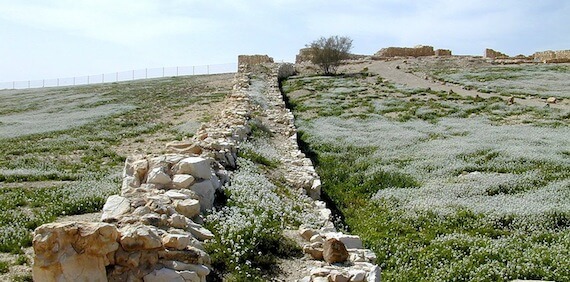
(Photo: Arad Early Bronze city wall. Courtesy of the Pictorial Library of Bible Lands)
An oasis of archaeology, Arad has two levels that represent two eras.
- The lower city has ruins that pre-date Abraham to the Early Bronze period (3000-2300 BC).
- The upper city dates from the late Iron Age (1000-586 BC), and includes one of the forbidden “high places” referred to in Scripture. Either King Hezekiah or King Josiah dismantled this temple (2 Kings 23:8).
You can read more about Tel Arad here.
Eshkol National Park (Nahal Besor)
Before he was king, David came to this area with his band of 600 men in pursuit of their stolen wives and children. The 200 men who were too weary to travel further remained “at the brook Besor” (1 Samuel 30:9-10; 21-22).
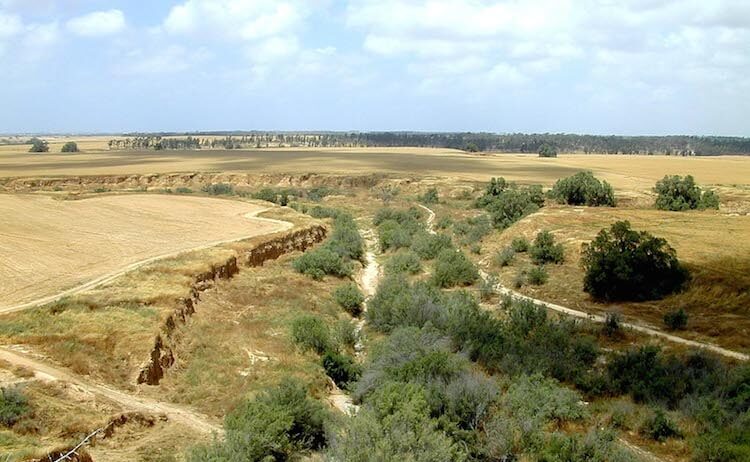
(Photo: Nahal Besor. Courtesy of the Pictorial Library of Bible Lands)
The modern 875-acre Eshkol National Park sits near the Besor Stream, and offers a visual feast for the visitor.
- The Nahal Besor drains the western Negev basin to the Mediterranean Sea.
- The park offers fine-trimmed lawns, shady picnic areas, and a lovely freshwater pond.
- At the crest of the hill named Shalala Ruins, the visitor enjoys a magnificent view of the western Negev.
- The park takes its name from Israel’s third prime minister, Levi Eshkol.
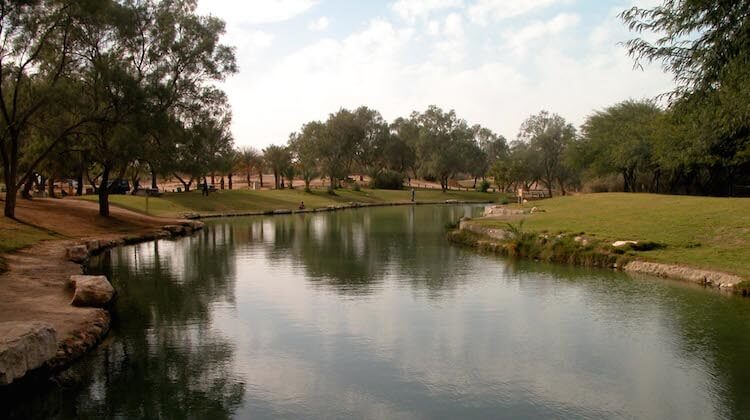
(Photo: Besor spring. Courtesy of the Pictorial Library of Bible Lands)
Tel Aroer
Twelve miles southeast of Beersheba lies the Old Testament city of Aroer, the likely hometown of Shama and Jeiel, two of David’s mighty men (1 Chronicles 11:44).
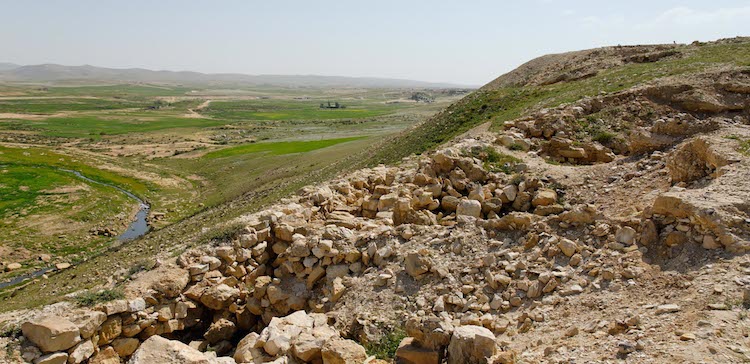
(Photo: Aroer excavations on eastern side. Courtesy of the Pictorial Library of Bible Lands)
When David sent gifts to the elders of Judah, he included Aroer in the Negev (1 Samuel 30:28).
Archaeologists dug from 1975 and 1982 and revealed several layers of cities from the Iron Age and another from the Herodian period.
- A large, fortified area encompassed two-and-a-half acres with that much space again around it that included settlement.
- Aroer was rebuilt after five centuries during the time of Herod the Great, with ruins of a Herodian fortress remaining at the southeastern edge of the tell.
- Herod’s signature drafted margins and bosses grace many of the ashlar masonry, similar to the Herodian stones that still support the Temple Mount today.
Tell me what you think: Have you ever heard of Arad, Besor, and Aroer? To leave a comment, just click here.
You’ll find these sites and more in a book I wrote for the Israel Ministry of Tourism, 100 Off-The-Beaten-Path Sites. You can download a free copy.
Click here to leave a comment.
-1.png?width=5230&height=1198&name=unnamed%20(4)-1.png)

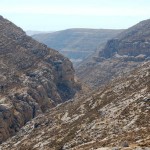

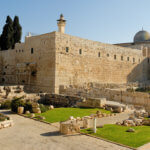

.jpg?width=350&name=Wayne-books-350wide%20(1).jpg)



